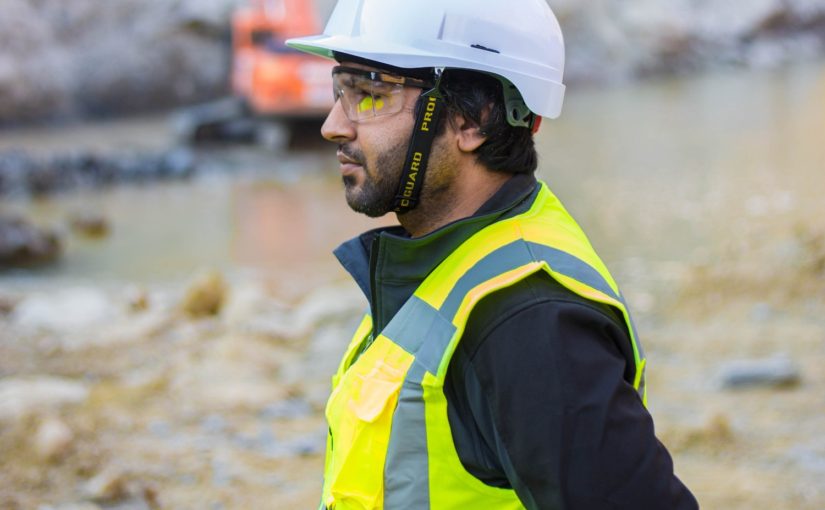Safety standards are at the core of any organization — be it a factory or a fast food restaurant. Such standards are important because workers need and in fact have the right to work in a safe environment, says a representative from New Jersey-based manufacturing company US Standard Products.
Enforcing workplace safety standards starts with giving those entering the workforce a firm understanding of what safety standards are in place. This information should be supplied freely and repeated as often as possible through safety drills and workshops. Although accidents do happen, says US Standard, some happen because of the actions of an individual.
To help avert avoidable accidents, it is important to understand the leading causes of workplace hazards, which are outlined below:
1. Physical Hazards
Physical hazards are any hazards related to the physical environment workers interact with while at work. Such hazards include slippery floors, unsafe machinery, noise, poor lighting, working from great heights, scaffolding, exposed moving parts, and others. Physical hazards can usually be avoided by having clear signage that warns those around of the dangers.

2. Chemical Hazards
In work environments where chemicals are used, such as in the factories US Standard Products operates, chemical hazards lurk. Some examples of chemical hazards include noxious vapors and fumes, exposure to dangerous gases like carbon monoxide, and exposure to highly flammable solvents, fuels, and gases.
3. Ergonomic Hazards
Most workers use their physical bodies to work. When the body gets strained due to poor posture, frequent lifting, awkward movements, or poorly designed workstations, this can result in physical injury. Such ergonomic hazards while hard to identify, can take a significant toll on the body, resulting in disability and an inability to work effectively.
4. Radiation Hazards
Some workplaces deal with dangerous types of radiation. Some of the rays that may present radiation hazards include X-rays, gamma rays, infrared rays, and UV rays. Workers in such environments must wear specialized protective clothing as some of these rays can cause cancer and other major health issues.
5. Psychological Hazards
Some work environments involve high levels of psychological pressure, harassment, stress, public criticism, and other such hazards. The danger presented by such hazards can lead to high levels of psychological stress that could lead to medical conditions like hypertension or stroke. As such, according to US Standard Products it is of critical importance to identify and monitor psychological hazards in the workplace.

6. Biological Hazards
Working in a science lab can expose workers to biological hazards. Working in a hospital too can expose health personnel to biological hazards. Biological hazards include exposure to viruses, bacteria, dangerous strains of fungi, parasites, and other biological specimens.

7. Electrical Hazards
Electricity is used in almost every industry. Because of this, electrical hazards exist in every workplace where electricity is used. Electrical hazards include electrocution, electrical fires, and power surges. All workplaces must have electrical hazard warnings, says US Standard Products whether it’s an attorney’s office or a power plant.
US Standard’s Final Thoughts: Safety First
Every worker should know this by heart — no matter what the situation, safety always comes first. Although it is difficult to have a perfect safety record, because accidents do happen, says US Standard, teaching and reinforcing safety standards is paramount to helping an organization reduce incidences of these hazards and others.

